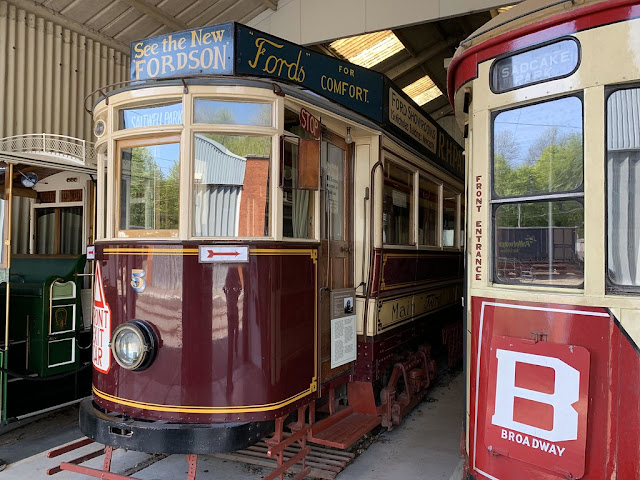As normal single bogie single decker trams struggled with demand the company began to operate extra long double bogied single decker trams, similar to the adjacent Newcastle network, which could carry forty eight passengers seated and officially up to forty standing passengers (though more were carried in practice!)
| Information for home built single deckers | |
|---|---|
| Built: | 1923-1928 |
| Builder: | Gateshead and District Tramways |
| Motor: | 2 Dick Kerr DK31A electric motors (DC OHLE) |
| Power: | 100 hp (75 kW) |
After buying earlier trams from elsewhere the company began building their own trams with Dick Kerr electrical equipment in the 1920s at their Sunderland Road Works. These cars remained in service until 1951 when the system was shut down. Nineteen cars were sold to the British Railways owned Grimsby & Immingham Electric Railway and continued working until that system was closed in 1961. Two of the home built tramcars were preserved after being withdrawn by British Railways and have been restored to their Gateshead and District Tramways Company livery.
 |
| Gateshead No. 5 preserved at Crich |
 |
| The tram was restored back to Gateshead livery in the 1960s |
[1] Charles Klapper, The Golden Age of Tramways (David & Charles, 1974) p. 130
